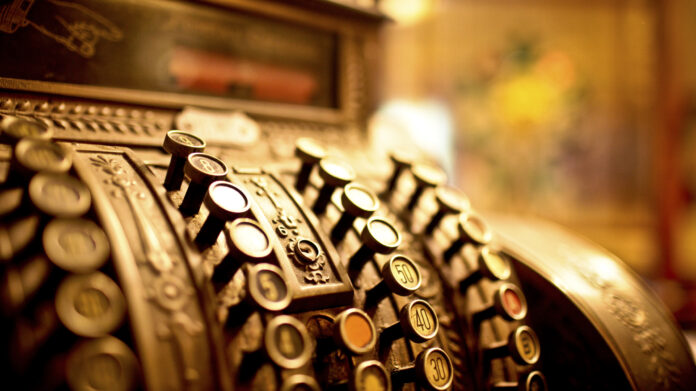
HARMONY Gold reported a 49% year-on-year increase in group operating cash flow for the nine months to end March with its high grade Mponeng mine making the largest single contribution of its surface and underground mines.
The third quarter production numbers and update for the nine months comes at a good time for the gold producer. Its shares are at their highest level in more than two years as continued weakness in the rand and sustained dollar gold strength took the rand gold price to just below R1.2m per kilogram.
The gold producer which operates some marginal gold mines outperforms when the market takes a strong positive turn as it has now. Harmony’s share price of R100.72 per share at the time of writing values the company at R62.3bn – its highest level since August 2020.
The performance of Mponeng this year may be critical when the South African-focused group sits down to consider whether to deepen the mine or press on with the development of a copper/gold mine in Australia acquired last year.
Depending on its view of its balance sheet, it might also be that the decision regarding allocating capital between the two projects is not mutually exclusive.
The cost of deepening Mponeng, already the world’s deepest gold mine, could run into billions of rands. The Eva Copper Project bought for $170m will also stretch Harmony’s balance sheet. A feasibility study completed by the project’s former owner estimated pre-producation capital of about $600m. Harmony said it expected to complete an optimisation of this feasibility study before the calendar year-end.
Mponeng, bought for $300m from AngloGold Ashanti in 2020, comprised 39% of R2.2bn in group operating cash flow for the nine month period, Harmony said today. Another recent acquisition, Moab Khotsong (also bought from AngloGold for $300m, in 2018) was a significant contributor to group cash generation. The presence of the two mines in Harmony’s portfolio helps offset the declining nature of its ‘optimised’ mines.
Of these, Target 1 and Kusasalethu continued to underperform, the latter owing to lower than anticipated grades in the third quarter. But Harmony had a good third quarter nonetheless. Operating free cash flow totalled R1.29bn in the period compared to an outflow of R98m in the third quarter of last year.
The good news for Harmony is that the final quarter of the year stands to get better following an improved average gold price so far. The yellow metal was back through $2,000 per ounce earlier this week taking the rand gold price to its highest level in more than five years.
The average gold price in the third quarter of $1,855/oz was largely flat year-on-year, and on a nine month basis, the price received is $1,769/oz down on last year’s $1,809/oz.
Set against this is a 5% improvement in the average grade for the nine months, offsetting 2% lower production over the same period.
As of end-March Harmony produced 1.09 million oz and was on course for guidance of 1.4 to 1.5 million oz at an all-in sustaining cost of below R900,000 per kilogram. The AISC for the nine month period was R895,580/kg.











